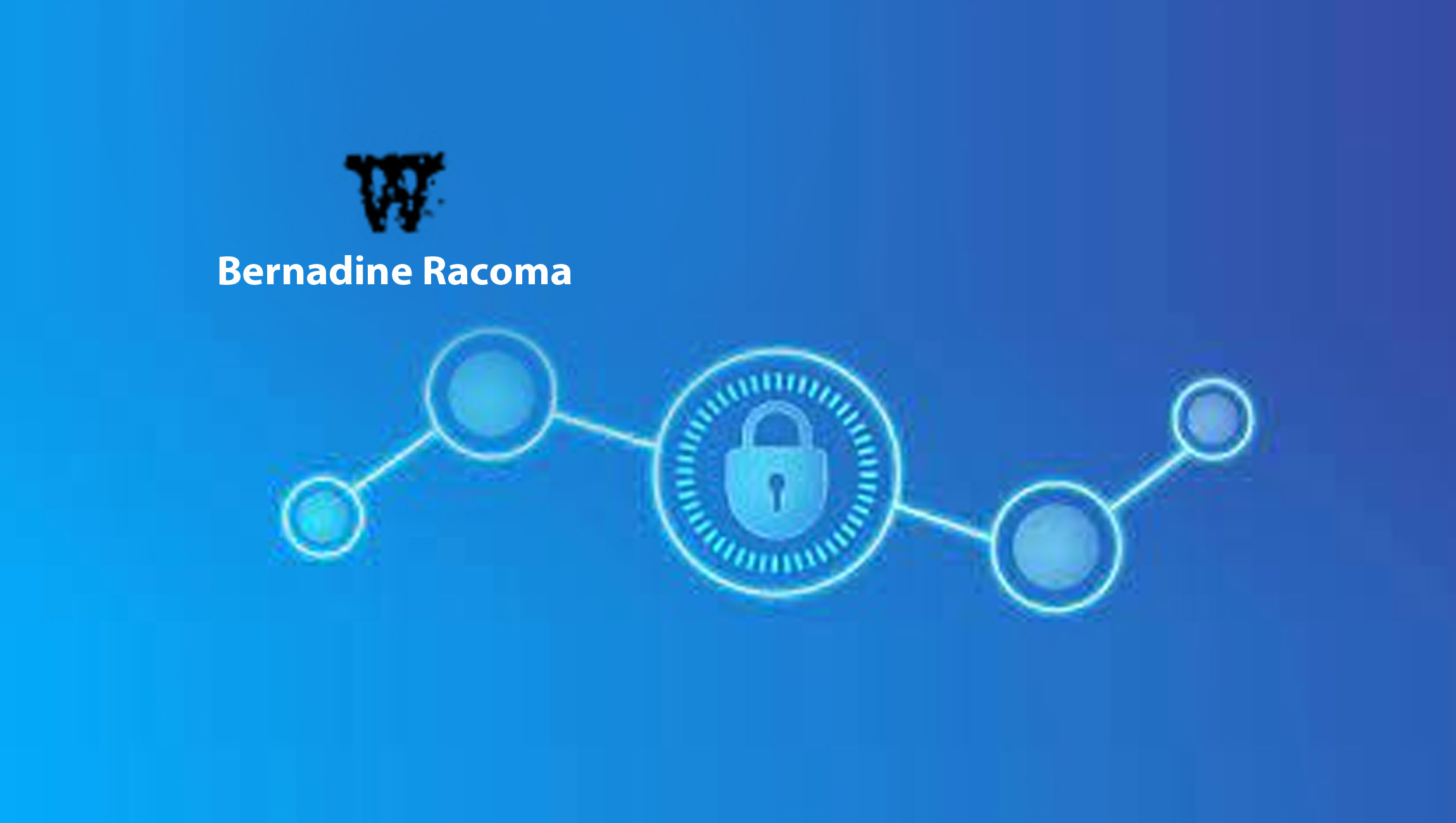According to the National Cyber Security Centre (NCSC), there are many challenges that organisations face on a day to day basis. Included in that list is the number one problem of cyber attacks. This is one of the top ones on their list. As supply chain attacks evolve, to get ahead of the game, we too should evolve. If hackers can get to giants such as Microsoft and Orion, such as the cyber-attacks that happened last year in 2020, what are the chances your company’s precious hardware won’t be invaded?
Software Supply chain Attacks – What Are They?
The simplest explanation for the many supply chain attacks that happen every year, is when a hacker manipulates a set of codes inside of third-party software, compromising the applications that use them. This is typically done to either corrupt systems, steal important data or gain complete access and control of the networking systems.
Much like how retail giant Target was attacked back in 2013, and over 40 million customer credit and debit card information was stolen, and once the hackers gained access via lateral movement, the company’s security experts could not find the weakness in its system.
The mind-blowing thing is that the attack did not happen directly, but rather indirectly through a ‘back door’ created by the hackers in one of the target clients’ private networks. As a result, the hackers infiltrated and then gained access remotely to Target’s network.
If you don’t want this to happen to your establishment, keep reading as we have a few quick tips on how you can take action today and keep malevolent hackers out of your business.
How Not To Get Hacked
When it comes to the technical aspects of any organization, experts put one thing first, increasing the security awareness amongst DevOps teams, as the main priority. From concept to completion of every facet of a business, security must be incorporated. A comprehensive security protocol that enables disclosures of vulnerabilities and actions patches immediately on security bugs, is a key component of this.
Auditing controls and software security should be a part of project leaders’ jobs. There are many systems available that can add an extra layer (or two) to any existing network, that provide analysis and reporting, and automated dependency updates to find the bugs and weaknesses in any system. Other similar tools include scanning and warning capabilities that are highly effective in finding the loopholes to close, and sending detailed reports and messages to those in charge.
Some Quick Tips On What To Do:
- Treat the validating of supplier risk as a regular ongoing task, as opposed to just a once-off.
- During purchases and negotiations, communicate with your suppliers and assess their security protocols.
- Consider tools that will help keep your data protected, not just on your side, but also on the client’s-side.
- Auditing unapproved IT infrastructure is key to finding any redundant or outdated systems.
- Build a software asset inventory and keep it updated constantly.












Comments are closed.